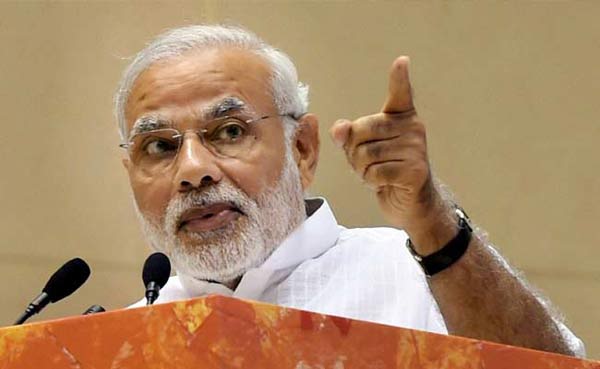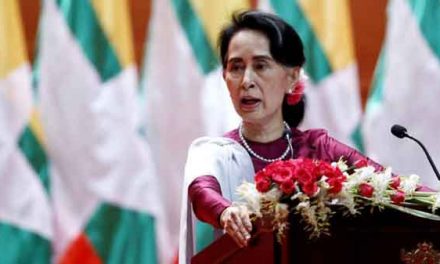 Dhaka, Bangladesh (BBN)– Current-account balance-to-GDP (gross domestic product) ratio improved during the second half (H2) of 2018 compared to the same period a year earlier.
Dhaka, Bangladesh (BBN)– Current-account balance-to-GDP (gross domestic product) ratio improved during the second half (H2) of 2018 compared to the same period a year earlier.
“The improvement indicated that the country’s export growth shows sign of upturn while import growth is decaying,” a senior official of the Bangladesh Bank (BB) told the BBN in Dhaka.
He also said it also show a sign of recovery in the country’s external sector that also play a import role to keep the macroeconomic stability.
Such as ratio has been fluctuating during the last couple of years, according to the latest Bangladesh Systemic Risk Dashboard (BSRD) report, released by the central bank of Bangladesh on Monday.
The report noted the ratio has been negative since December 2016.
During the fiscal year (FY) 2017-18, real GDP growth rate maintained an increasing trend and was recorded at 7.9 per cent.
The growth rate was 7.3 per cent in FY 17.
Talking to the FE another BB official said the central bank has released the report on a half-yearly basis to make the stakeholders aware about any possible macroeconomic risks.
The central bank has focused on different macroeconomic indicators such as aggregate debt-to-GDP ratio, government debt-to-GDP ratio and advance-to-deposit ratio of the banks with graphical charts in its 40-page report.
Bangladesh’s current account deficit continues to pose risks to macroeconomic stability despite its 35 per cent fall in the first 10 months to April of the outgoing fiscal year.
The gap stood at $5.0 billion between July last year and April this year, the BB data showed.
The current account records a nation’s transactions with the rest of the world — specifically its net trade in goods and services.
BBN/SSR/AD









